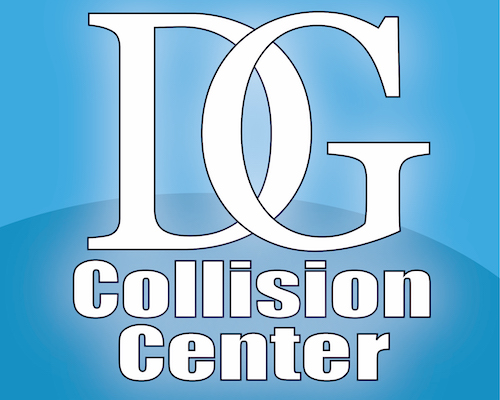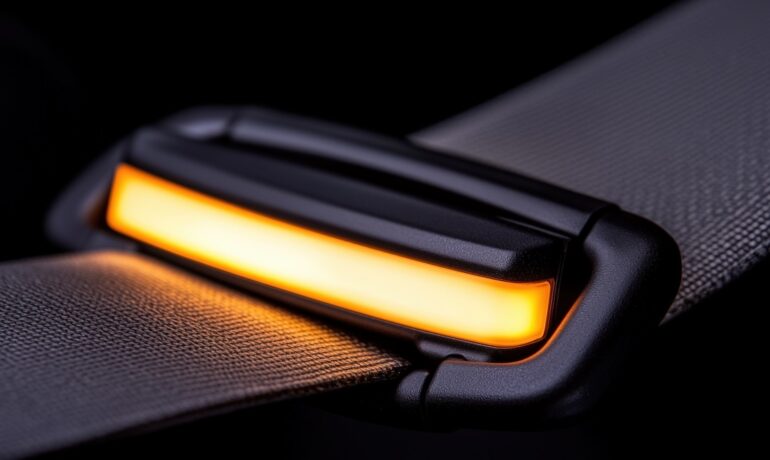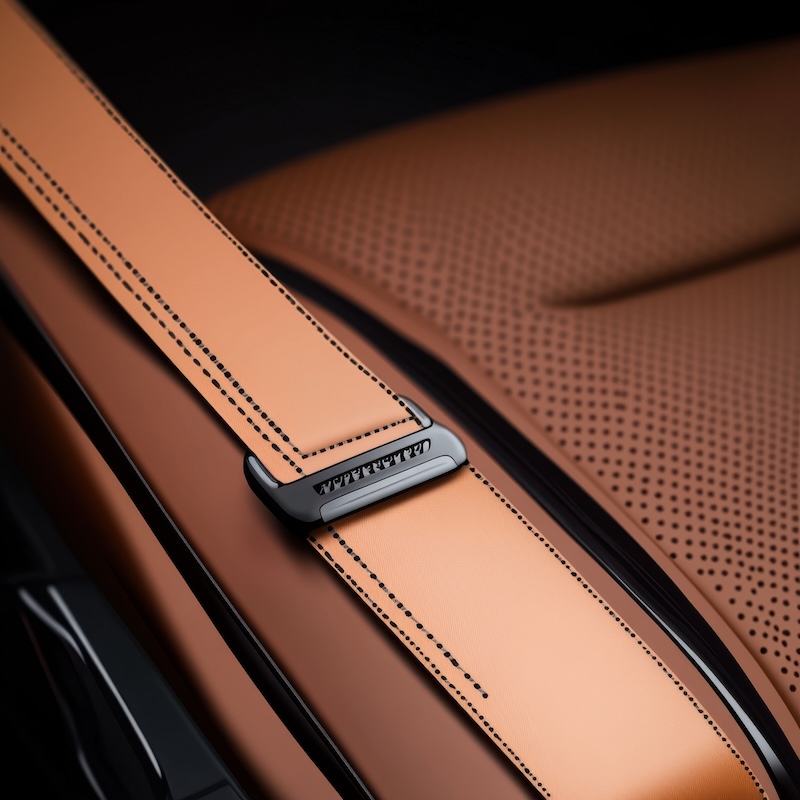 A Deep Dive into Vehicle Safety Starting With Seat Belts
A Deep Dive into Vehicle Safety Starting With Seat Belts
Seat belts are one of the simplest safety features in any vehicle, yet they play one of the most critical roles in saving lives. Critical for keeping drivers and passengers safe in a motor vehicles, it’s hard to believe they were first installed en masse in 1959. As an auto body shop in Covina, we’ve seen myriad examples of what occurs in a car accident when seat belts do—and don’t—function correctly. While most drivers buckle up without a second thought, few understand how seat belts work or how much engineering goes into that quick click across your chest.
In this post, we’re breaking down how seat belts work, why they matter, and what to look out for—especially after a collision.
What Happens When You Buckle Up?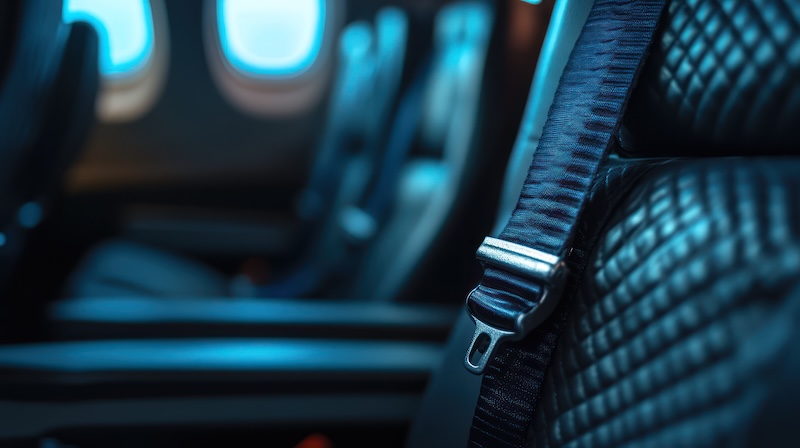
When you reach over your shoulder and pull your seat belt across your body, you’re engaging a surprisingly sophisticated system. The belt itself is just one component. Behind the scenes, a spring-loaded retractor keeps the belt coiled with slight tension. As you pull the belt out, the spool inside the retractor rotates and releases webbing while applying mild resistance.
This design gives you enough freedom to move while keeping the belt snug. But the real magic happens during sudden deceleration—like in a crash.
How Seat Belts Lock During a Collision
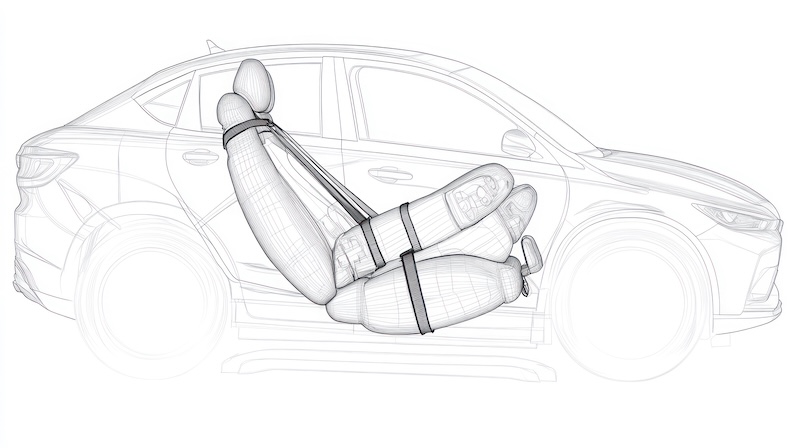 Modern seat belts feature a locking mechanism built directly into the retractor. When your car suddenly slows down or comes to a violent stop, a weighted pendulum or inertial sensor inside the retractor triggers the lock. This prevents the belt from pulling out any farther.
Modern seat belts feature a locking mechanism built directly into the retractor. When your car suddenly slows down or comes to a violent stop, a weighted pendulum or inertial sensor inside the retractor triggers the lock. This prevents the belt from pulling out any farther.
The result: you stop moving forward, while your body’s momentum is distributed across the belt’s surface. Instead of hitting the dashboard, windshield, or airbag at full force, your motion is gradually slowed by the belt itself. This drastically reduces the risk of serious injury.
In essence, the belt gives your body time to come to a controlled stop, while keeping you restrained inside the safety zone of the vehicle.
Pre-tensioners and Load Limiters: Advanced Seat Belt Tech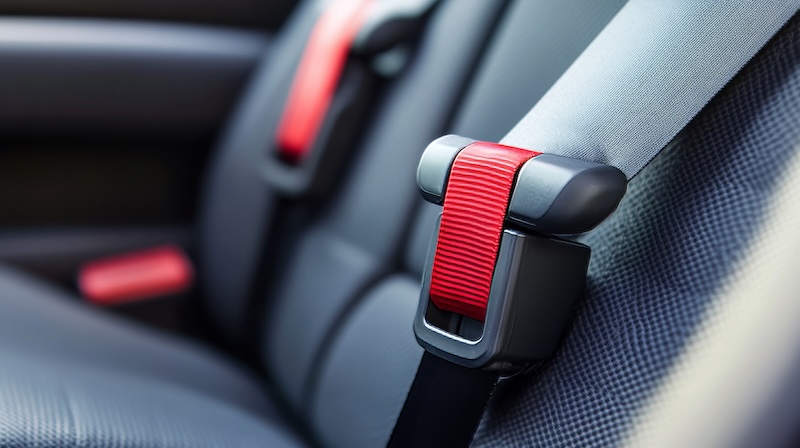
- In addition to locking retractors, many modern vehicles come equipped with pretensioners and load limiters, especially on front seats.
- Pretensioners activate during a crash to instantly tighten the belt, pulling you firmly into your seat just before impact. This reduces slack and helps your body stay in the right position for the airbag to work effectively.
- Load limiters work after the pretensioner has fired. They allow a small amount of controlled give in the belt to prevent excessive force on your chest. This helps reduce the chance of rib fractures and internal injuries.
- Together, these technologies make seat belts smarter and more adaptable to different types of crashes.
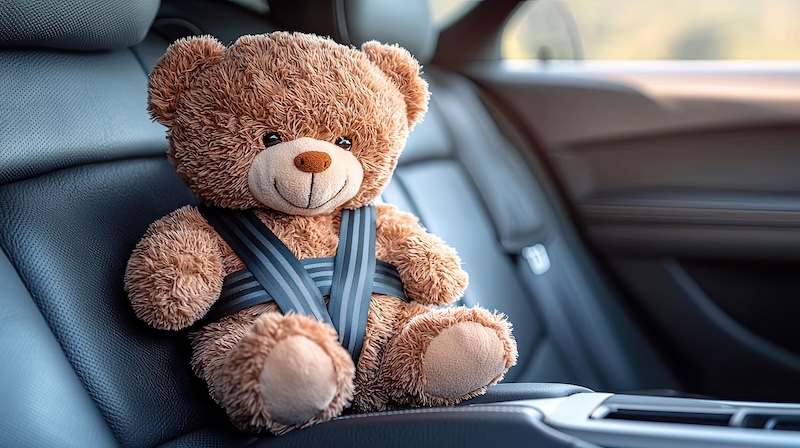 What Happens to Seat Belts After a Car Accident?
What Happens to Seat Belts After a Car Accident?
Here’s something many drivers don’t realize seat belts can be damaged or compromised during a collision—even if they look perfectly fine. In many cases, pretensioners are one-time-use devices. Once they deploy, they’re no longer effective and need replacement.
At DG Collision Center, one of the first things we inspect after a car accident is the seat belt system. We check for:
- Locked or jammed retractors
- Worn webbing from force
- Deployed pretensioners
- Malfunctioning buckles or latches
If any part of the seat belt system has failed or been activated, we replace it. Your safety depends on it.
Why Seat Belts Still Matter—Even with Airbags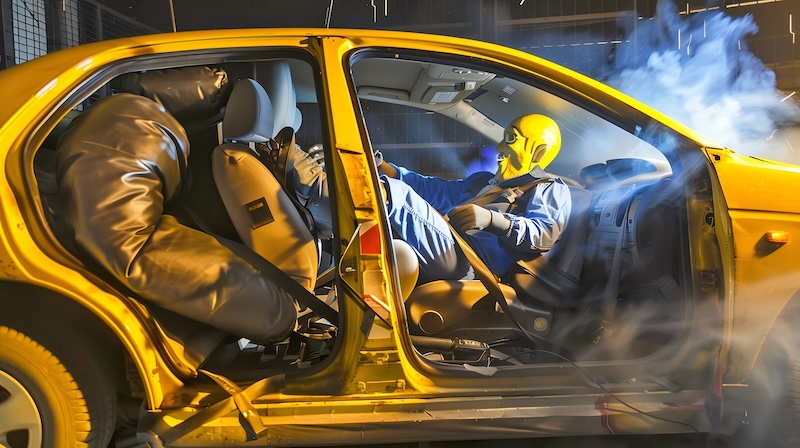
We’ve heard drivers say, “My car has airbags, so I’m protected.” But airbags are designed to work with seat belts—not as a replacement.
In fact, airbag systems rely on the assumption that you’re already buckled in. If you’re not restrained, an airbag can hit you with extreme force and cause more harm than good. In rollover crashes, side impacts, and high-speed collisions, seat belts keep you from being ejected from the car—something no airbag can do. What’s more, in many rear-end accidents, the air bags fail to deploy.
Studies consistently show that wearing a seat belt reduces the risk of fatal injury by 45% in passenger cars. In SUVs and trucks, that number climbs even higher.
Seat Belt Maintenance and Inspection
Like any other part of your vehicle, seat belts require occasional inspection—especially after an accident. But even in normal day-to-day driving, wear and tear can cause issues.
We recommend checking for:
- Fraying or cuts in the webbing
- Loose or unresponsive retractors
- Sticky or jammed buckles
- Warning lights on your dashboard (in newer cars)
- If you spot any of these issues, bring your car in. We’ll perform a full diagnostic and make sure your seat belts are doing their job.
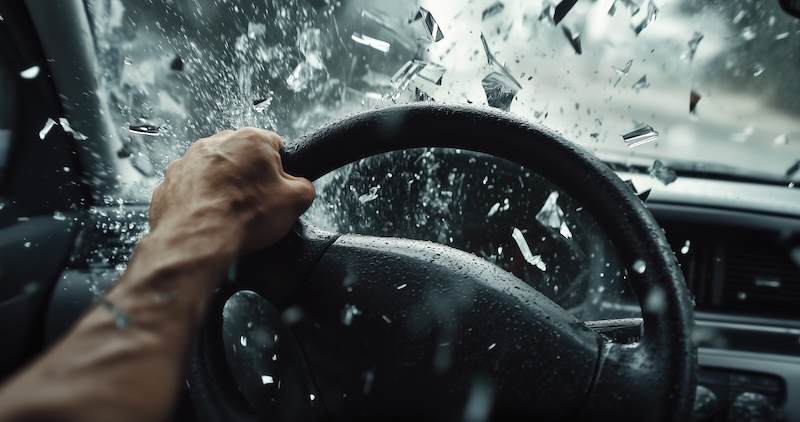 What to Do After a Collision
What to Do After a Collision
After a car accident, many drivers focus only on the visible damage: dents, broken lights, and bent frames. But what you can’t see is just as important. Seat belt systems often need inspection and replacement following even minor crashes.
When you bring your car to us in Covina, we take a comprehensive approach to auto body repair. That includes scanning the vehicle’s computer for crash data, checking pretensioner activation, and replacing any safety equipment that was triggered during the impact.
We don’t cut corners. We don’t make assumptions. If there’s any doubt about the integrity of your seat belts, we replace them—because nothing is more important than your safety.
Driving with Confidence in Covina
Seat belts aren’t just fabric straps—they’re part of a life-saving system engineered to protect you in the worst possible scenarios. We’ve seen how properly functioning seat belts reduce injuries. We’ve also seen what happens when belts fail or get overlooked during repairs.
If you’re ever in a collision, make sure your seat belts get as much attention as your bumper or door panels. Don’t assume everything’s fine just because the belt retracts.
About DG Collision Center, an Auto Body Shop in Covina, California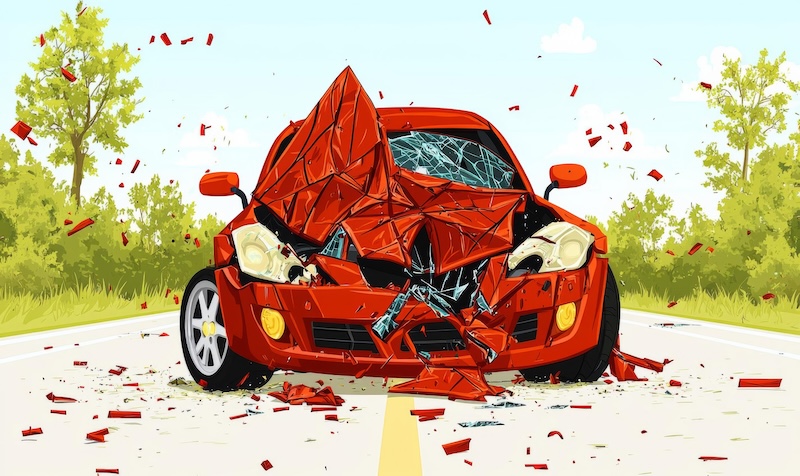
We would love to help restore your vehicle following a car accident or comprehensive damage. DG Collision Center in Covina, California is your one-stop-shop in Covina for auto body repair after car accidents. Our highly trained team includes specialized technicians. We work directly with all insurance companies. This enables our customers to file a claim without even needing to be present. We pride ourselves in providing excellent service at DG Collision Center in Covina, California.
